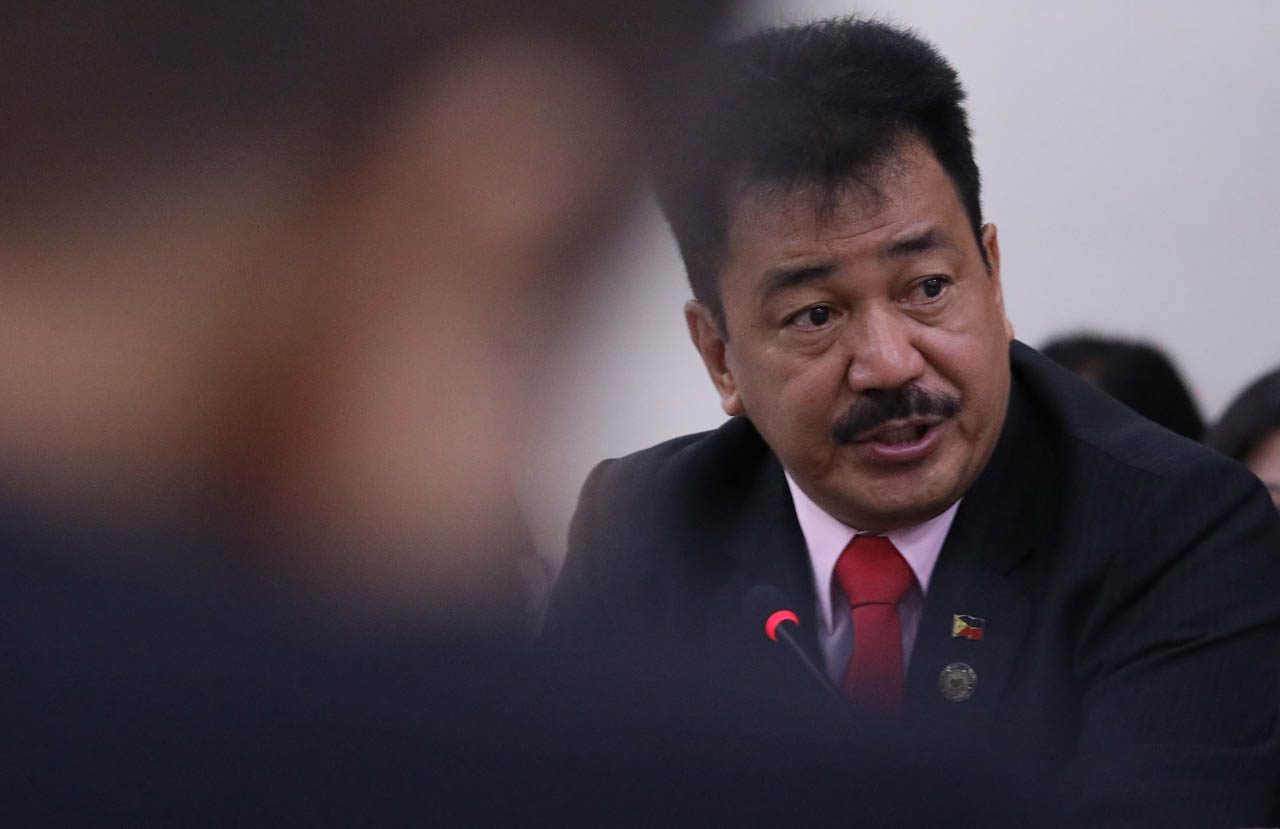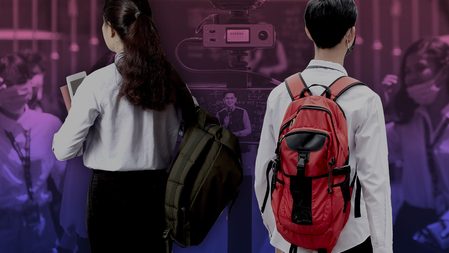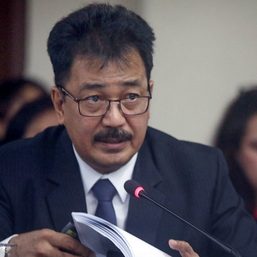SUMMARY
This is AI generated summarization, which may have errors. For context, always refer to the full article.

Commission on Higher Education (CHED) Chairman Prospero de Vera III said that 89 colleges and universities applied for tuition increases for the coming school year during the coronavirus pandemic.
De Vera made the statement during a Senate hearing on higher education on Wednesday, August 5, when he was asked by committee chair Senator Joel Villanueva on the number of colleges and universities which applied for tuition hikes.
De Vera said that during the first quarter of the year – the period when most private schools apply for tuition increases because classes used to open in June – CHED received close to 400 applications.
“So last May, we sent back all the applications for tuition increase and told them: are you still going to apply. And if you’re going to apply for an increase, you have to do new consultation with the students and the faculty because flexible learning will be applied for the new system,” De Vera said.
De Vera said that of the 400, only 89 submitted updated applications in the different regional offices of CHED on July 1.
But De Vera said this was still a low number, “so kaunti lang po talaga ‘yung nag apply (only a few applied) because the private universities also know that students are hard up, there are loss of jobs.”
According to De Vera the applications were still being evaluated by the commission’s regional offices.
“The evaluation and decision is actually done in the region. So I’m not in a position to tell the commission how many have been approved by now but as soon as the data is available, I will submit it, Mr Chair,” he said.
Why charge same fees in flexible shift?
In the same hearing, Senator Imee Marcos said that they have received complaints that some colleges and universities were not transparent about the allocation of the tuition and miscellaneous fees.
“Hindi talaga maintindihan kung bakit may mga fees for library, medical at dental, e hindi nga makapunta sa eskwelahan ‘yung mga bata. So ‘yun yata ang pinakakailangan mapaliwanag ng maigi ng mga eskwelahan,” Marcos said.
(They don’t understand why there are fees for library, medical and dental, as students won’t be going to school physically. I think that’s the issue that needs to be addressed by schools.)
According to De Vera, this was the problem now of most students and parents because they do not understand where would the fees go given the shift to flexible learning.
“Ang problema ngayon is not the application for tuition e. It is the existing tuition and miscellaneous fees collected kasi hindi naintindihan ng mga magulang at ng mga estudyante ano ‘yung basis nung nagbabayad pa sila kahit flexible na ang learning,” he said.
(The problem now is not so much on the application for tuition. It is the existing tuition and miscellaneous fees collected because the parents and students don’t understand the basis why they are still paying despite the shift to flexible learning.)
De Vera said CHED ordered the universities to discuss this issue with students. He added that what private schools were asking was to allow them to “reclassify existing miscellaneous fees” and to use that money for the new cost associated with flexible learning.
“It is difficult, if not impossible, for the commission to you know, tell universities how to do it because iba-iba ‘yung fee structure nila. What we have done in the commission is we have identified the costs associated with shifting to flexible learning. Ano ba ‘yung costs na ng mga universities (What are the costs the universities will incur) ,” De Vera explained.
According to De Vera, CHED already discussed the matter during the national directorate meeting on Tuesday, August 4, and they would share the the data and reports to the universities by next week.
Classes will open in colleges and universities this month through the flexible learning approach.
Flexible learning for higher education involves a combination of digital and non-digital technology, which according to the CHED doesn’t necessarily require connectivity to the internet.
According to De Vera, universities and colleges have the freedom to choose the mode effective for them: pure online, pure modular, or a combination of the two.
Meanwhile, CHED is eyeing to allow “limited” face-to-face classes by January 2021 if the pandemic situation improves. – Rappler.com
Add a comment
How does this make you feel?

![[Time Trowel] Mentorship matters](https://www.rappler.com/tachyon/2024/04/mentorship-matters.jpg?resize=257%2C257&crop_strategy=attention)


![[ANALYSIS] The multiplier effect of negligence in education](https://www.rappler.com/tachyon/2024/04/The-multiplier-effect-of-negligence-in-education.jpg?resize=257%2C257&crop=277px%2C0px%2C720px%2C720px)

There are no comments yet. Add your comment to start the conversation.